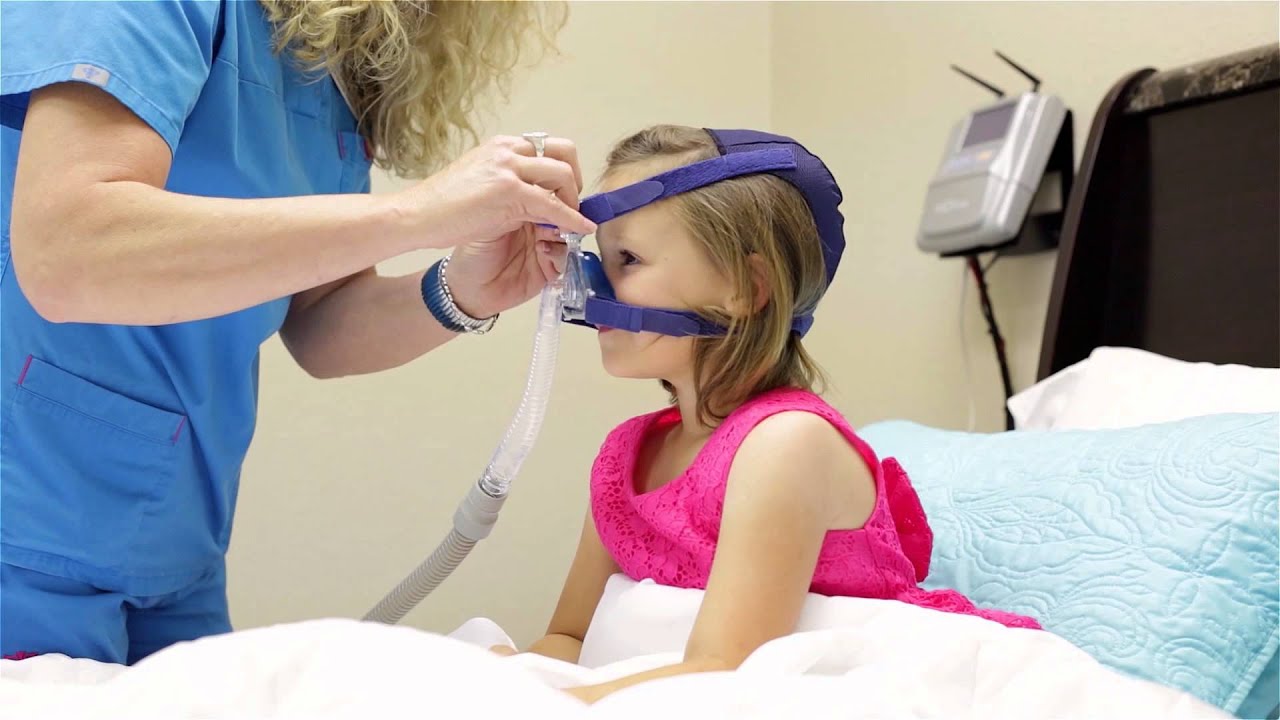7 Common Symptoms of Sleep Apnea in Children
A good number of children between the age of 2 and 8 around the globe are suffering from sleep apnea. So it’s only surprising that most parents of the affected children don’t pay attention or address the sleep apnea disorder on time until the situation worsens.
Meanwhile, leaving your child with sleep apnea disorder without a quick treatment response comes with high risks. As expected, it may lead to the inability to sleep at night, causing daytime fatigue.
Children need to sleep well daily to live a healthy, active life. As it is commonly acceptable, good sleep plays a crucial role in children’s overall well-being and, of course, their growth.
More so, sound sleep also helps children wake up feeling refreshed physically and mentally. Conversely, inadequate sleep can cause your child to be irritable, easily frustrated, or moody. You may need to treat sleep apnea when your child is no longer active and attentive in school.

Sleep Apnea in a Nutshell
Sleep apnea is a sleep disorder that prevents children from breathing while sleeping. It’s the reason your child might be waking up at intervals to complain about blockage in the airways. Sleep apnea can cause insomnia (inability to sleep) in children and also cause nighttime sleeping disorders like snoring and more.
The Two Types of Sleep Apnea
There are two common types of sleep apnea in children: central sleep apnea and obstructive sleep apnea. Central sleep apnea occurs when the brain responsible for breathing stops functioning, while obstructive sleep apnea happens when there is a blockage in the nose or at the back of the throat.
One clear difference between the abovementioned types of sleep apnea is Sleep apnea disorder can be somewhat tolerable during the mild stage. Meanwhile, it is best to introduce Continuous Positive Airway Pressure (CPAP) to help your child breathe easier and lessen the effect of mild obstructive sleep apnea.

Severe obstructive sleep apnea can pose more adverse complications to the health of your child. Based on research, one to five percent of children around the globe are suffering from severe obstructive sleep apnea. Yet, amazingly, about 90% of them have not been diagnosed.
Snoring is the most common symptom of obstructive sleep apnea because it’s related to blockage of the airways. Although, it can also occur in central apnea.
Aside from snoring, there are more signs of a child battling sleep apnea. So, is your child struggling with sleep apnea disorder? Here are seven ways to learn.
7 Common Symptoms of Sleep Apnea in Children
1. Coughing and choking while sleeping
Children who are victims of obstructive sleep apnea would not enjoy a moot flow of breathing when asleep. Typically, the sleeping disorder causes children to breathe for a while and stop when sleeping.
When left untreated, severe obstructive sleep apnea can cause a child to struggle with breathing for longer hours resulting in insomnia. In that case, the throat muscles would have been relaxed for too long, leading to a blockage in the airways.
Children in this situation may wake up early morning and start gasping for air, coughing, or choking.
2. Breathing through the mouth
Some children with obstructive or central sleep apnea may develop the habit of opening their mouths while sleeping. They would be forced into that practice because they must find a way to accommodate their oxygen needs.
Although, anxiety and stress may cause a child to breathe from the mouth while sleeping. Yet, when your child stops breathing from the nose, it may be a sign that the child suffers from sleep apnea.

3. Sleep terrors
Although, night terrors are more related to over-arousal of the central nervous system during sleep. Still, it can be a sure sign that your child is a victim of sleep apnea. The inability to breathe perfectly can be why your child has nightmares earlier in sleep.
When a child’s nose is blocked during sleep, sleep becomes difficult. Mind you, deprivation of sleep or interruptions during sleep are known to be common causes of nightmares.
4. Bedwetting
Children suffering from sleep apnea can sleep well anytime they attempt to do. That’s because their airways are blocked, and they can’t breathe properly. Hence, the inability to sleep will make them exhausted. The overtiredness can cause them to overlook urination, leading to bedwetting.
Of course, sleep apnea is not the only reason children bed-wet. However, if your child is constantly bedwetting, you may have to try a sleep apnea test.
5. Pauses in breathing
As explained earlier in this article, obstructive sleep apnea will happen when the muscles supporting the soft tissues in a child’s throat – such as the soft palate and tongue – temporarily relax.
When the muscles relax, the child’s airway becomes narrow or even closed, causing the child to pause at intervals while sleeping constantly.

6. Sleeping in odd positions
When children with sleep apnea solutions lay on the bed, you will find them in an odd position. That is because the gravity strength supports the jaw’s ability to fall back towards the tongue, soft palate, and neck. This worse sleeping condition prevents the respiratory tract from functioning correctly and causes difficulty in breathing.
As much as sleep apnea can disturb breathing in children, it remains an influential factor in determining sleeping positions.
7. Loud snoring
Children with sleep apnea could be snoring out loud when sleeping. Snoring occurs when the muscles that hold the soft tissues in the airways relax when a child is sleeping and block the flow of air to and fro the nose and mouth. This condition usually interrupts breathing and causes loud snoring.
Final Words
Sleep apnea symptoms don’t occur at night alone. You can also notice any of the abovementioned signs of sleep apnea in the daytime. Daytime symptoms of sleep apnea may include falling asleep, fatigue, difficulty in walking, being moody or inactive, and more.

